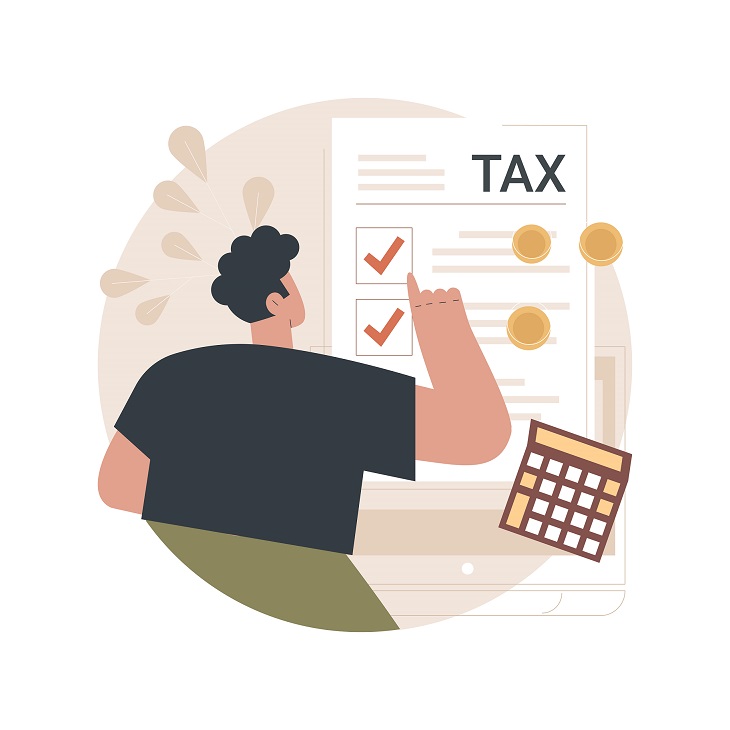Pay Stubs and Taxes : Filing Basics for Beginners
Introduction to Pay Stubs and Taxes
For many employees, the first step to filing taxes correctly is understanding how Pay Stubs and Taxes are connected. A pay stub is not just proof of your earnings—it also records taxable wages, deductions, and withholdings. Whether you are filing for the first time or want to understand your paycheck better, knowing how to use pay stubs for tax preparation will make filing easier and less stressful.
In this guide, we’ll break down every part of a pay stub, explain how it affects your taxes, and share tips for accurate filing. If you need a professional copy for records, you can easily create a regular pay stub or generate one quickly with a reliable pay stub generator.
For related guides, see our articles on Commission-Based Pay Stubs and Pay Stubs in Spanish: Bilingual Basics.
What Are Pay Stubs and Why They Matter for Taxes
A pay stub (or paycheck stub) is a detailed statement of your earnings and deductions for a pay period. Think of it as a mini tax summary you receive every payday. It shows gross income, taxable income, taxes withheld, and net pay—all crucial for filing.
Key Elements That Affect Taxes
- Gross Pay: Total income before deductions
- Pre-Tax Deductions: Contributions reducing taxable income
- Tax Withholdings: Federal, state, and local taxes withheld
- Net Pay: Take-home pay after taxes and deductions
- Year-to-Date (YTD) Totals: Running totals of income and taxes withheld
How Pay Stubs and Taxes Work Together
Your pay stub is the first place to see how much tax you are paying. Each deduction listed affects what you may owe—or get refunded—when filing. Understanding the connection between Pay Stubs and Taxes helps prevent surprises during tax season.
Gross Pay vs. Taxable Income
Gross pay includes all wages before deductions. Taxable income may be lower if you have pre-tax benefits such as retirement contributions or health premiums. Pay stubs clearly show this difference.
Withholdings Explained
Employers withhold taxes each paycheck based on payroll elections. This includes federal income tax, Social Security, and sometimes state taxes. Monitoring your stubs ensures accuracy and avoids underpayment.
Using Pay Stubs to Prepare for Filing Taxes
Keeping a consistent record of pay stubs allows you to track taxable income, deductions, and withholdings year-round.
Steps to Prepare
- Collect all pay stubs from the year
- Compare YTD totals with end-of-year forms
- Verify personal information (name, address, SSN)
- Review pre-tax and post-tax deductions
- Check for accuracy in tax withholdings
For freelancers and remote employees, see Remote Work Pay Stubs: Complete Digital Guide.
Year-to-Date Totals: The Bridge Between Pay Stubs and Taxes
YTD totals act like a running calculator of income earned and tax withheld. By reviewing these, you can estimate whether your tax withholding is correct and adjust if needed.
Common Beginner Mistakes with Pay Stubs and Taxes
Ignoring Pre-Tax Deductions
Many overlook pre-tax deductions like retirement contributions, which reduce taxable income.
Not Checking YTD Totals
Only looking at the current pay period can lead to errors. Always cross-check YTD figures.
Not Updating Withholding
Life changes—marriage, dependents, or additional jobs—require updated payroll elections and stub verification.
Why You May Need a Regular Pay Stub or Generator
Missing pay stubs or inconsistent formats make filing stressful. Tools like a regular pay stub or a pay stub generator allow you to create professional, accurate stubs easily.
Frequently Asked Questions About Pay Stubs and Taxes
Do I need to keep every pay stub?
Yes, to verify totals and make tax filing smoother.
What if my pay stub information is wrong?
Contact payroll immediately. Errors can affect your final tax return.
Can I file taxes without pay stubs?
Year-end forms are required, but pay stubs help catch issues early.
Conclusion: Building Confidence with Pay Stubs and Taxes
Mastering Pay Stubs and Taxes means saving stubs, checking YTD totals, and reviewing deductions. Use tools like regular pay stubs or a pay stub generator for accuracy. Related resources: Commission-Based Pay Stubs, Remote Work Pay Stubs, Bilingual Pay Stubs.

